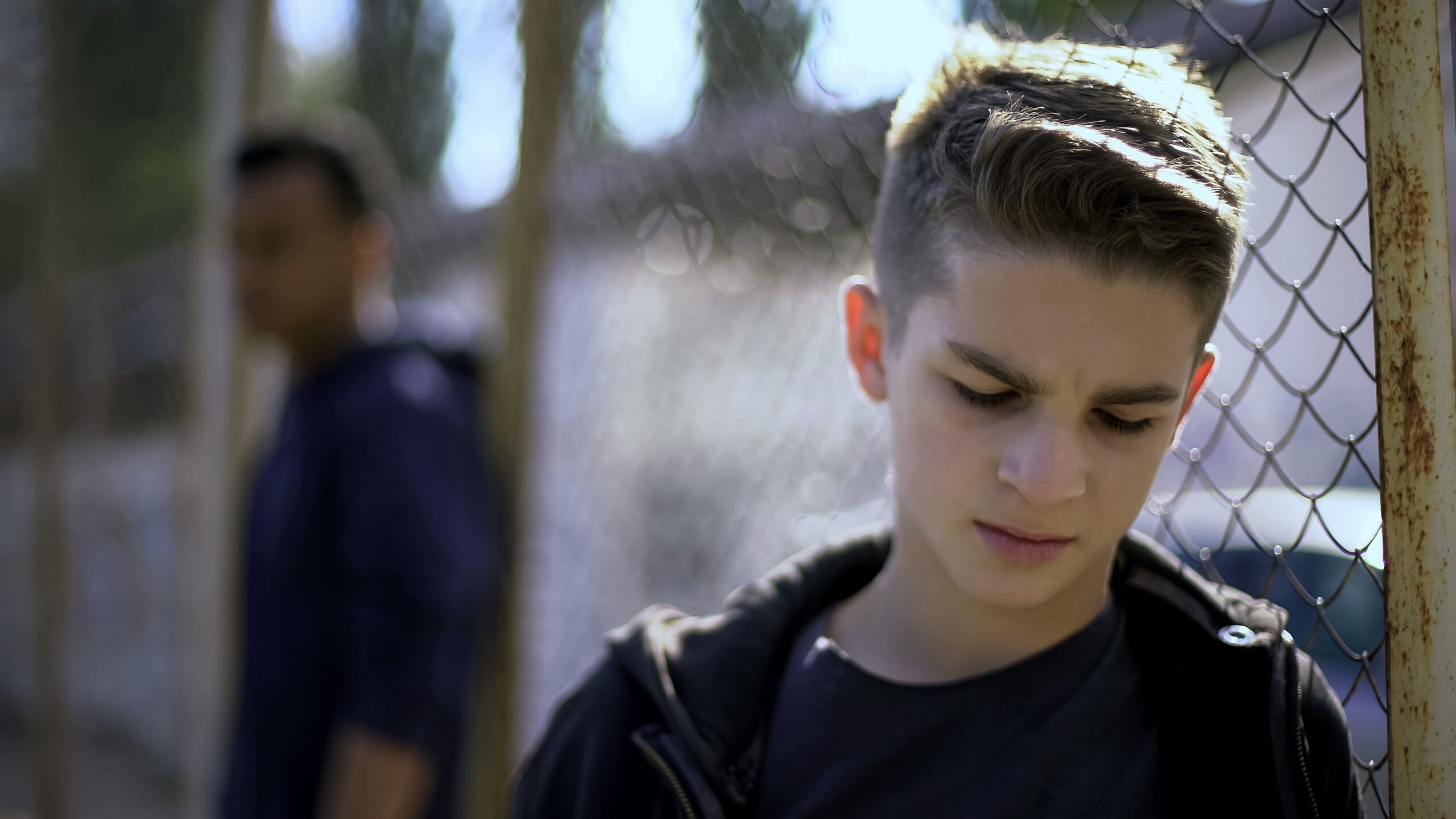Share This Article
In New South Wales, the Children’s Court hears criminal matters of those who were over 10 years old but under 18 at the time of the alleged offence and are under 21 when charged, reflected in section 28 of the Children (Criminal Proceedings) Act 1987 (NSW) (‘CCPR’).
Notably, there is a distinction made for traffic matters. Where a child is at least 16 years old (for a car), or 16 and 9 months (for a motorbike), the charge will instead be heard in the Local Court, not the Children’s Court.
However, if there are other non-traffic offences, as well as traffic, the matter will be heard in the Children’s Court.
There is specialist Children’s Court at designated locations in Parramatta, Surry Hills, Broadmeadow, and Woy Woy. Other locations include Campbelltown, Port Kembla, Nowra, and Wyong.
In regional areas, the Children’s Court conducts ‘circuits’ which means that the Local Courts are utilised for children and young persons matters to be dealt with on a rotational basis.
From 2021 – 2022, there was an 8% rise in cases finalised in the Children’s Court (from 5,462 to 5,899).
In the Children’s Court, most matters will be dealt with ‘summarily’. In this context, this means that matters will commence and finalise in the relevant Children’s Court.
The exception is matters deemed ‘Serious Children’s Indictable Offences’ (‘SCIOs’) or those which the Court will treat as if they are SCIOs, which will proceed to sentences or trials in the District or Supreme Courts after going through certain processes in the Children’s Court.
Summary Proceedings
Similar to proceedings in the Local Court, if a young person pleads not guilty in a summary matter, the Children’s Court will direct that the prosecutor is to serve the brief of evidence, and the matter will be adjourned for a ‘reply’ mention.
At this next court date, it will be confirmed that the brief was received, and if the young person maintains their plea of not guilty, the case will be listed for hearing at the earliest opportunity.
If the young person pleads guilty, or the Court finds the young person guilty, the Court may sentence the young person on the same day, or the matter may be adjourned for sentence.
The Court may direct that a background report is to be prepared by Juvenile Justice to assist in their sentencing.
A background report must be prepared, tendered in evidence, and considered by the court before a control order (which is the Children’s Court version of a term of imprisonment) can be imposed.
Such reports are similar to ‘Sentencing Assessment Reports’ in the adult jurisdiction, and will comment on the circumstances surrounding the commission of the offence concerned including the:
- child’s family background, employment, education, and friends and associates,
- the nature and extent of their participation in the life of the community,
- disabilities (if any), and
- any other matters that the Children’s Court may require, or that the prosecutor considers appropriate.
However, where it is a domestic violence offence, and the young person pleads not guilty, the court will set a hearing date straight away, directing that the remainder of the brief of evidence is to be served not less than 14 days before the date is fixed for hearing.
This is the same process as adults in the Local Court, with a ‘mini brief’ to be served not later than the first court date, which should include the alleged facts, a copy of the complainant’s statement and any photographs on which the prosecution will rely.
What are Serious Children’s Indictable Offences?
SCIOs are a much smaller group of offences than offences deemed ‘Strictly Indicatable’ (those that will always proceed to the District or Supreme Court) for adults.
As per section 3 of the Children (Criminal Proceedings) Act 1987 (NSW), prescribed SCIOs are:
- Homicide,
- Offences punishable by imprisonment for life or 25 years,
- Aggravated sexual assault (including attempts) (except where the aggravating circumstance is that the complainant is under the age of 16 years),
- Assault with intent to have sexual intercourse (including attempts),
- Offences under the Firearms Act relating to the manufacture or sale of firearms that is punishable by imprisonment for 20 years, and
- Sexual assault by forced self-manipulation where the victim was under 10 years of age.
However, even where a matter is not classified as a SCIO the Children’s Court may treat it as a committal matter (i.e., one that will proceed to the District Court) if, after all the prosecution evidence is taken, the court is of the view that the matter may not be appropriately disposed of in a summary manner (i.e., in the Children’s Court).
Whilst the prosecutor may invite the court to make such a determination, it is important to note that the court may also do so of its own accord.
Circumstances in which this may arise include particularly serious or violent robbery offences (typically in combination with a significant prior criminal record), or serious or multiple sexual assault offences (that do not fall within the SCIO definition).
Therefore, factors could include a consideration of the offence’s objective seriousness, the child’s criminal record, and all factors relevant to the likely penalty.
The procedure for such matters to be committed to the District Court will generally involve the matter being run as a summary hearing in the Children’s Court in which the prosecution’s evidence is heard, and the prosecutor will invite the court to make such a determination.
If the court is satisfied that the charge ‘may not be properly disposed of in a summary manner’, the court then treats the matter as a committal matter. This means that it will be committed for a trial or sentence in the District Court.
Committal proceedings for SCIOs are similar to that in adult jurisdiction, in that they will follow the same process:
- On the first court date, brief service orders are made by the court, which means that the court is ordering the prosecution to serve evidence they seek to rely on, on the defence.
- The second step is where, once the evidence has been served, the defence will confirm that the brief has been served by the prosecution.
- The third step is where the charge certificate is filed by the prosecution – a charge certificate is a document that specifies the offences that are to be the subject of the proceedings against the young person, setting out the detail of these offences, back-up offences (if applicable), and other offences that are no longer being proceeded with (if applicable).
- The fourth step is where the matter will be adjourned for the purpose of a ‘case conference’ being conducted – this will involve the prosecution and defence engaging in discussions regarding the case. There can be more than one case conference. A ‘case conference’ certificate will then be filed with the court.
- Following the case conference, the prosecutor will file a ‘case conference’ certificate (a document which outlines any offers by defence or prosecution) and any amended charge certificate.
- The young person will then be committed for trial (not guilty) or sentence (guilty) to the District or Supreme Court.









